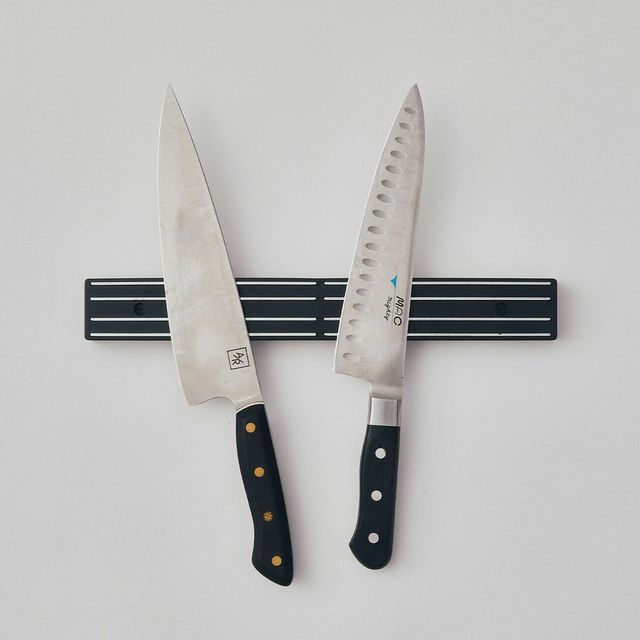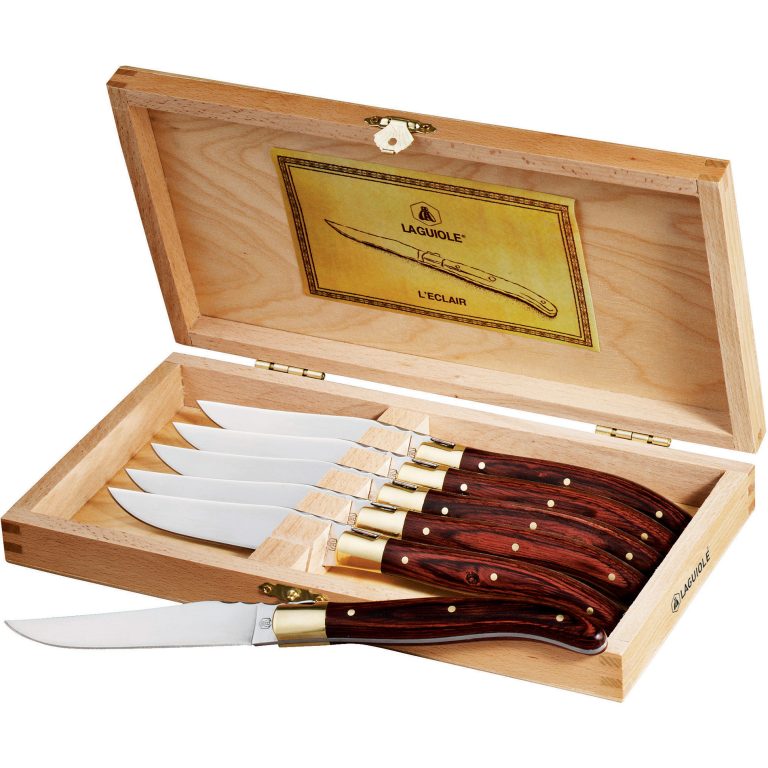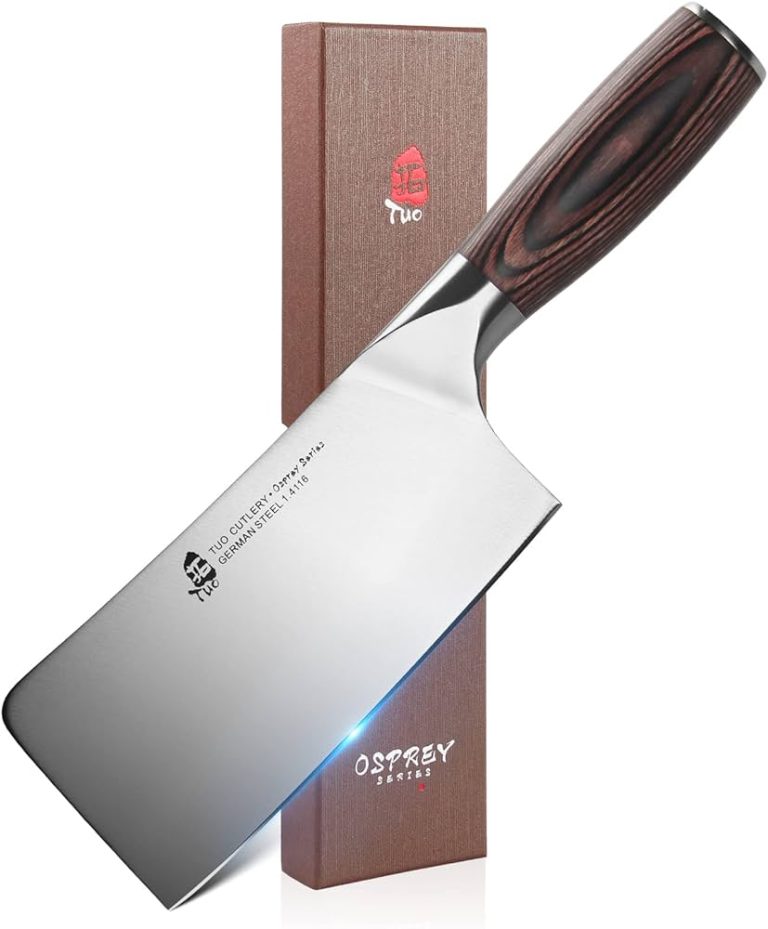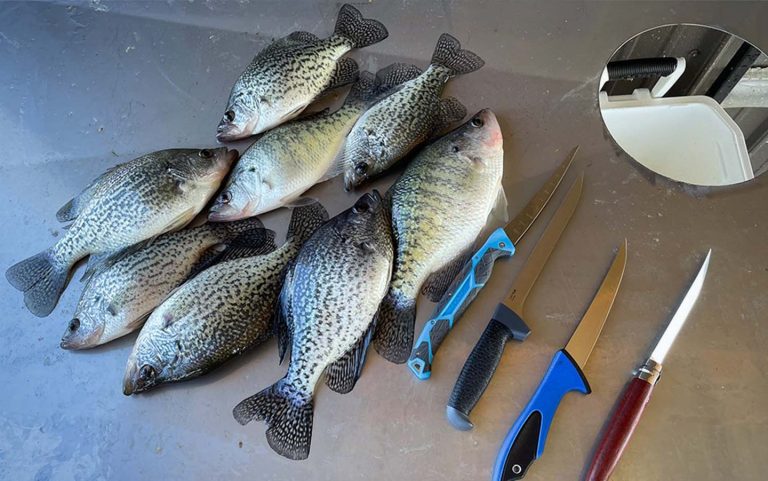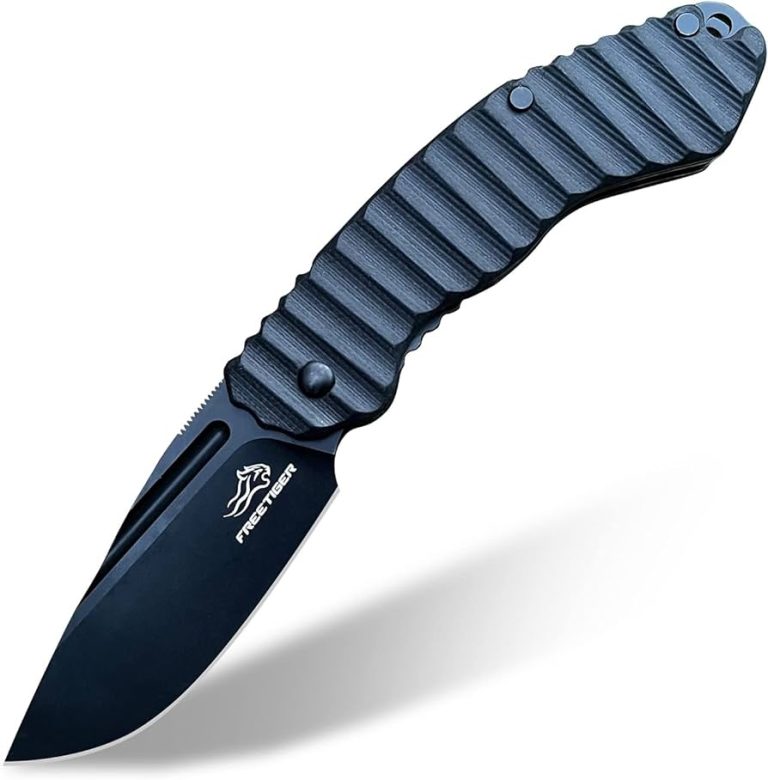The Anatomy of a Fishing Knife
A fishing knife consists of a specialized blade and handle, designed for cutting and preparing fish. It is a versatile tool for anglers, with a sharp edge for filleting, scaling, and gutting fish.
In addition, the handle is ergonomically designed for a secure grip, ensuring safety during use. Whether you are a professional angler or an occasional fisherman, a fishing knife is essential for efficiently processing your catch. Its compact size and lightweight nature make it portable and easy to carry.
Invest in a high-quality fishing knife to enhance your fishing experience and effortlessly handle your catch.
Blade Design And Material
Fishing knives are a crucial tool for anglers, and understanding their anatomy is essential for choosing the right one. One key aspect is the blade design and material. Different types of blade designs are available for fishing knives, each serving a specific purpose. For example, a drop point blade is versatile and ideal for general fishing tasks, while a bayonet blade offers precision and control during filleting. Additionally, gut hook blades are specialized for gutting fish efficiently. The material used for the blade is equally important. A high-quality stainless steel blade, such as 440C or S30V, offers excellent corrosion resistance and edge retention. Moreover, the blade should be properly heat-treated to ensure durability and strength. When selecting a fishing knife, pay attention to the blade design and material to ensure it meets your specific fishing requirements.
Handle Construction And Materials
The handle of a fishing knife is a critical component that affects its overall functionality and user experience. A well-designed handle provides a comfortable grip, ensuring precise control during fishing activities. **Ergonomic handle design** is essential, as it reduces hand fatigue and improves maneuverability. Fishermen should consider the **construction and materials** used in the handle to ensure durability and longevity.
When choosing a fishing knife handle, it’s important to explore **handle material options**. Common materials include **wood**, **plastic**, **rubber**, and **composite** materials. Each material offers unique properties such as water resistance, durability, and grip. While wood provides a traditional and aesthetic appeal, plastic and rubber handles offer excellent grip even when wet. Composite materials combine different elements, providing a balance between flexibility and strength.
Other Features And Accessories
When it comes to fishing knives, there are several other features and accessories that can enhance their functionality and convenience. One important aspect to consider is the secure locking mechanism. Having a reliable locking mechanism ensures that the blade stays securely in place during use, minimizing the risk of accidents or injuries.
Additionally, some fishing knives come with built-in features such as a line cutter or a serrated edge. These additional functionalities can be useful in various fishing situations, allowing for easy cutting of fishing line or tackling tougher materials.
Moreover, ergonomic handles are another valuable feature to look for. A comfortable handle with a firm grip can make a significant difference during prolonged fishing trips, reducing fatigue and enhancing control.
In addition to these features, accessories like sheaths or belt clips can provide convenient storage and easy accessibility, ensuring that your fishing knife is always within reach when needed. Some knives may also come with a built-in whistle or a lanyard hole for added safety.
Considering these various features and accessories can help you find the perfect fishing knife that suits your needs and preferences, enhancing your fishing experience and ensuring a safe and enjoyable adventure.
Choosing The Right Fishing Knife For Your Needs
When choosing the right fishing knife for your needs, it’s crucial to consider the type of fishing and target species you’ll be pursuing. Different fishing styles and species require specific knife attributes to ensure optimal performance. Understanding the different blade lengths for fishing knives is essential. Longer blades are ideal for larger game fish, while shorter ones work well for smaller species and delicate tasks such as scaling and filleting. Be mindful of matching the knife size to your hand size to ensure a comfortable grip and precise control, especially during detailed cutting maneuvers. Remember that the right fishing knife will greatly enhance your fishing experience, enabling you to cleanly and efficiently handle your catch. So take the time to assess your fishing needs and research the best options available before making your final decision. |
Maintenance And Care Tips For Fishing Knives
Fishing knives are essential tools for any angler, but they require proper care and maintenance to ensure their longevity and performance. To keep your fishing knife in optimal condition, it is crucial to follow a few essential tips.
Firstly, **cleaning and drying** the knife after each use is paramount. Rinse the blade with warm water and mild soap, then carefully dry it with a lint-free cloth to prevent any moisture or residue from causing rust or corrosion.
Secondly, using **lubricants** and **rust preventatives** is beneficial to keep your fishing knife in top shape. Applying a thin layer of oil or lubricant to the blade and pivot points can help reduce friction and prevent rust from forming.
Lastly, **sharpening and honing** the blade regularly is essential for maintaining its cutting edge. Use a quality sharpening stone or honing rod to restore the knife’s sharpness, ensuring clean and precise cuts.
By following these maintenance and care tips, you can ensure that your fishing knife remains in excellent condition, providing you with reliable performance on your fishing expeditions.
Safety Guidelines When Using A Fishing Knife
The safety guidelines when using a fishing knife are crucial to ensure accident-free and successful fishing trips. One must understand the correct technique for holding and handling a fishing knife to prevent any mishaps. It is important to keep in mind the safety precautions while using a fishing knife, such as never leaving it unattended or within reach of children. Additionally, always use a sharp knife as it requires less force and minimizes the chance of injury. When not in use, store the fishing knife properly in a sheath or a knife block to keep it protected and avoid accidents. During transport, make sure to secure the knife in a designated compartment or wrap it with a cloth to prevent injuries. Carefully following these safety guidelines will contribute to a safe and enjoyable fishing experience.

Credit: knifeaid.com
Conclusion
To summarize, a fishing knife is an essential tool for any angler. Its various components, from the blade to the handle, work in harmony to provide functionality and durability. The blade’s composition and design, such as the serrated or plain edge, allow for versatile uses in different fishing scenarios.
The handle, whether made of wood or rubber, ensures a comfortable grip even in wet conditions. Understanding the anatomy of a fishing knife helps anglers make informed choices when selecting the right tool for their needs. Moreover, proper maintenance and care, including regular cleaning and sharpening, will prolong the knife’s lifespan.
Whether you’re a professional angler or enjoy occasional fishing trips, investing in a high-quality fishing knife is a decision you won’t regret. Its versatility, reliability, and durability will enhance your fishing experience and make it smoother and more enjoyable.

